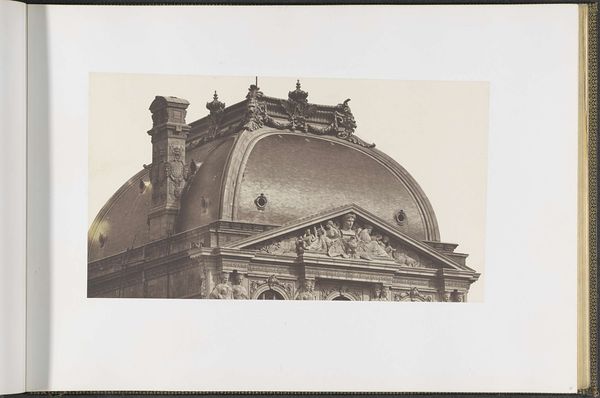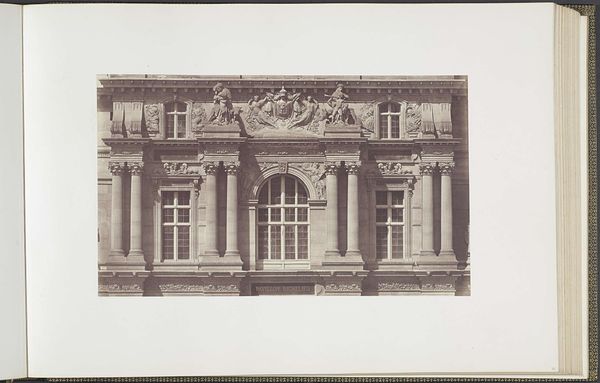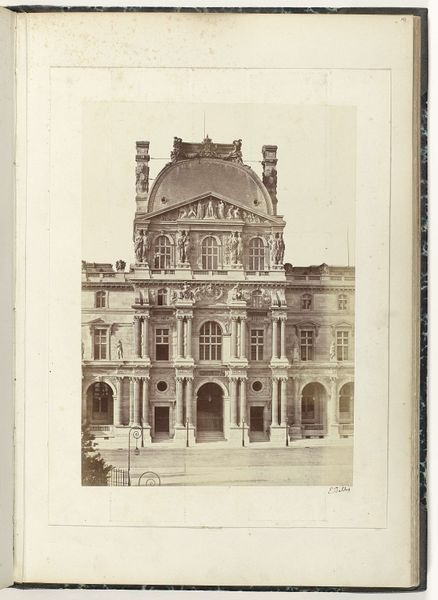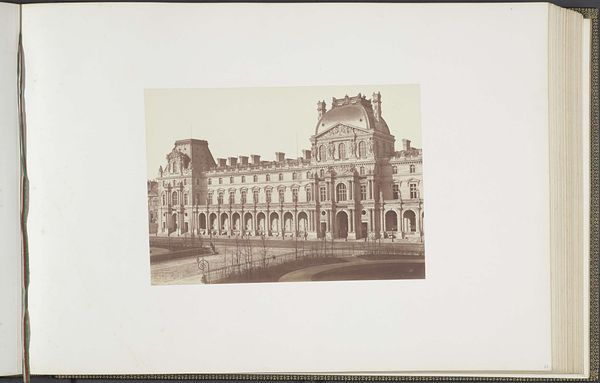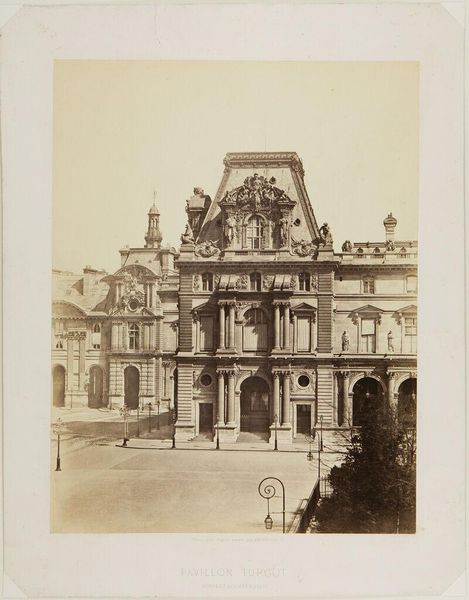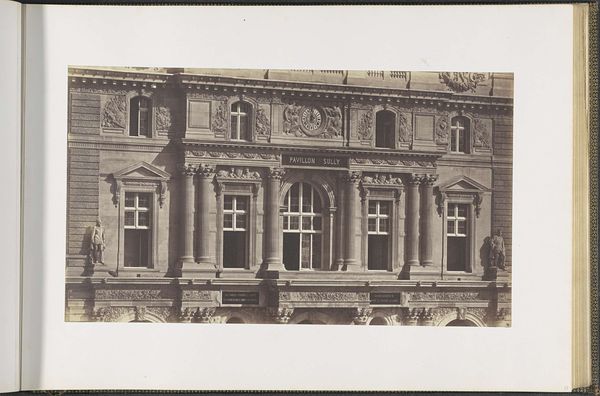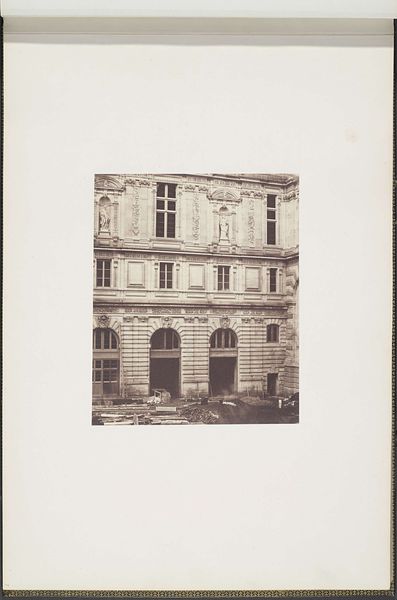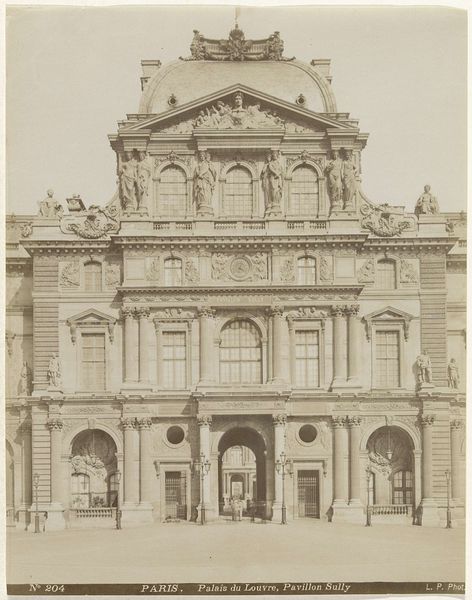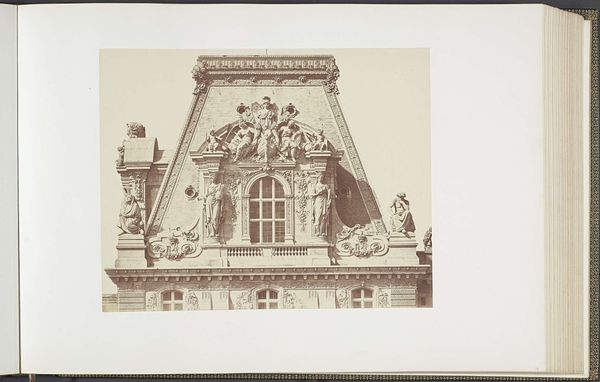
Derde verdieping van het Pavillon Sully in het Palais du Louvre c. 1857
0:00
0:00
print, photography, albumen-print, architecture
#
neoclacissism
# print
#
photography
#
cityscape
#
albumen-print
#
architecture
#
realism
#
building
Dimensions: height 382 mm, width 560 mm
Copyright: Rijks Museum: Open Domain
Editor: Here we have Edouard Baldus's photograph, "Third Floor of the Sully Pavilion in the Palais du Louvre," dating back to around 1857. It's an albumen print, and I'm struck by its detailed depiction of Neoclassical architecture. It’s so stately. What story does this image tell, in your view? Curator: Baldus, through this albumen print, isn't merely documenting architecture; he's capturing a specific moment in the Louvre's history and its relationship with the French identity. Consider the Palais du Louvre's journey—from a royal palace to a public museum. How does photography, a relatively new medium at the time, play a role in democratizing access to such spaces? Editor: That's interesting! I never thought about photography as democratizing art viewing. The public could see detailed architecture like this even without physically visiting the Louvre. But was there a political dimension? Curator: Absolutely. Baldus was employed in part by the French government. The government sought to use images of its restoration projects for national self-representation and civic progress. Who are these figures represented atop the building, and how would that reinforce certain values and ideals within society? Editor: Oh, right, the statues evoke ideas of classical antiquity and the ideals of beauty and perfection, as the establishment promoted then. What I initially took to be just architectural documentation served more as symbolic, didactic tool. Curator: Precisely. And remember, photography itself was still gaining acceptance as a legitimate art form. By meticulously documenting architectural achievements, Baldus was also elevating the status of photography itself. Now how do you see this piece in its time, reflecting broader social and cultural forces? Editor: Now, I realize this photograph does far more than document a building. It makes visible the intricate play between art, politics, and societal values in 19th century France. I appreciate how this building reflects how it represents so many social hierarchies! Curator: Indeed. Baldus provides a lens, not just onto the Louvre's façade, but onto the aspirations and power structures of his time.
Comments
No comments
Be the first to comment and join the conversation on the ultimate creative platform.
